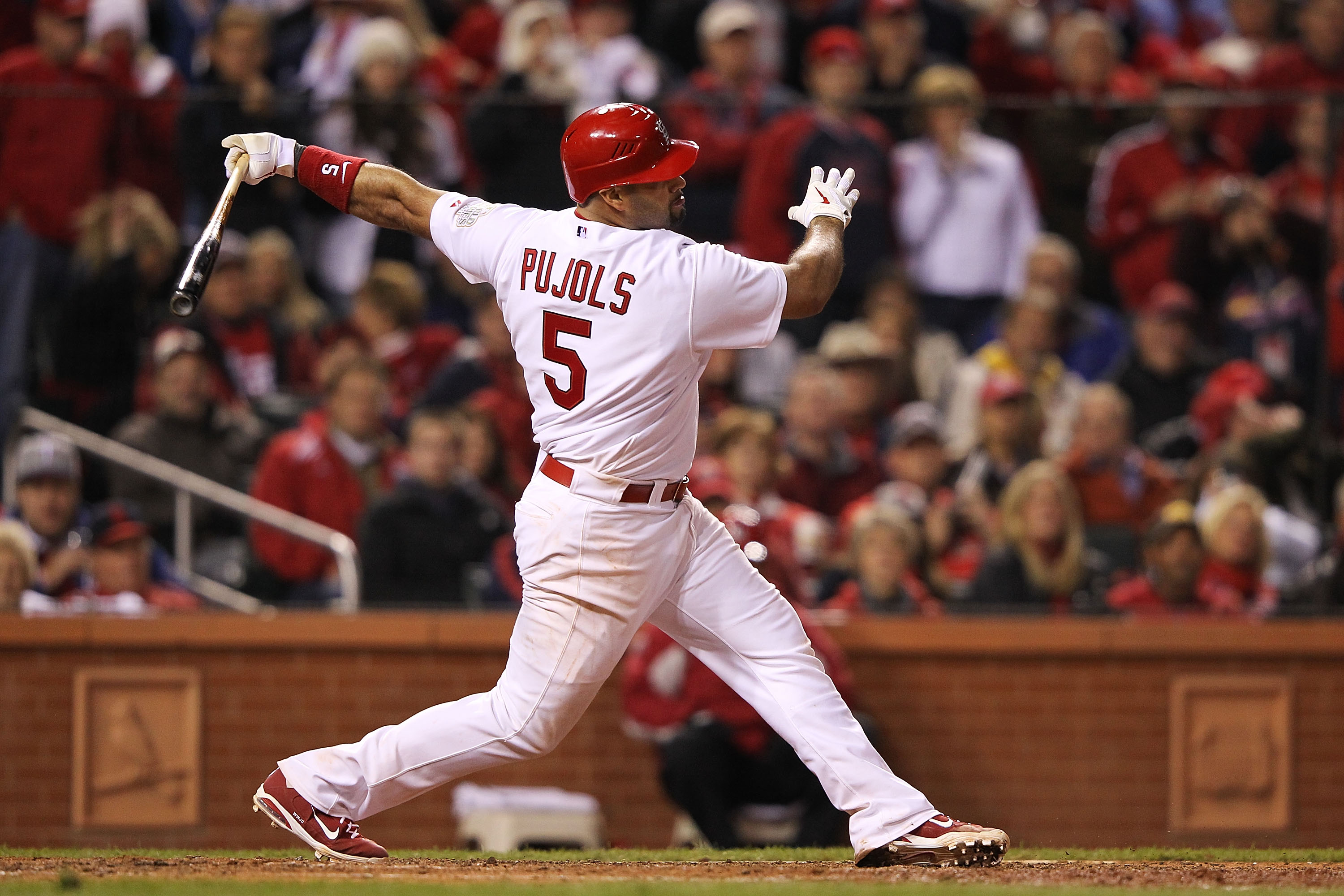Stacking has always been a hot-button topic in MLB DFS – no matter who you meet, I can assure you they’ll have an opinion on it. There’s no doubt it works, but players have argued it mitigates the skill aspect of DFS. However, now that everyone does it, the topic has changed to whether it’s truly still +EV.
It’s impossible to argue against stacking as a theory – the nature of baseball (players are in a batting order and score points together through RBIs and such) will always make it a successful strategy in scoring fantasy points. But it’s important to remember in DFS: the goal is not to score fantasy points; the goal is to win the contest. While stacking the best offense on a night may maximize your potential for fantasy points, the ownership on such a group of players may limit your upside of actually winning the contest.
On DraftKings, you can stack up to six batters from a single team. This has become very common, especially in multi-entry GPP tournaments. According to our Trends tool, the top six batters for top teams on the day (I looked at teams that Vegas projected to score 4.5 runs or more) generally score higher than we’d expect based on their salary.

The issue always come down to ownership. Peter Jennings (CSURAM88) and I discussed on our podcast last night this very topic and Peter made a good point on the state of stacking six batters, saying “If you want to go with six guys in a lineup, it better be lower-owned.” This is a good point that is sometimes missed – stacking has historically been a good idea because not only were you getting the power of correlation in your lineup, but you were also probably getting a lower-owned player, as the sixth batter in a lineup is generally less owned than most top-four guys.
But now that stacking has become so common, you’re still getting the correlation, but you probably aren’t getting the low ownership that really makes the stack valuable. Look at the graph above again – if the sixth man of a popular stack is going to be at the same ownership level as one of the top-three batters of another team, it might be becoming more optimal to take two stacks of three rather than one stack of six.
There’s obviously more risk involved here – with one stack of six players, you only need that one team to go off and score a bunch of runs. However, with such high ownership of six-player stacks, even going off may not jump you up the leaderboard. While taking two stacks of three might be more volatile, it may also increase your odds of winning, although it may slightly decrease your upside of scoring fantasy points.
Batters in the first spot of the batting order have a higher historical Plus/Minus than the sixth batter, and also generally possess more upside, both in terms of hitting and base-stealing. I’ve shared this graph before, but it’s probably worth sharing again.

Nearly 30% of all stolen bases last season came from batters hitting first in the order. Stolen bases are probably the most underrated stat in DFS – especially on DraftKings – and they’re actually somewhat predictable since they generally come from the same guys in the same part of the order. My point here is if you can get a guy at the same ownership level that has base-stealing potential and you can combine him with a mini-stack of three players, you could potentially find some upside in your lineup that a high-owned six-player stack can’t give you.
Again, the important thing to remember is that the point of DFS contests is to win, not score fantasy points. Sometimes this requires getting away from the masses. As six-player stacks become more and more commonplace on DFS sites, perhaps a different strategy becomes more optimal to winning tournaments. I’m not sure if a three-player stack is the answer here, but it’s definitely worth thinking about as a new contrarian strategy.





